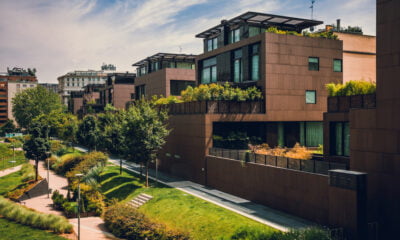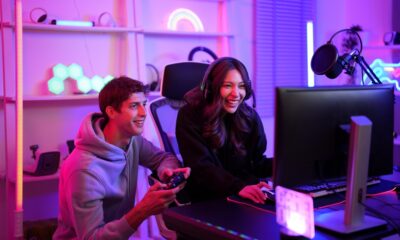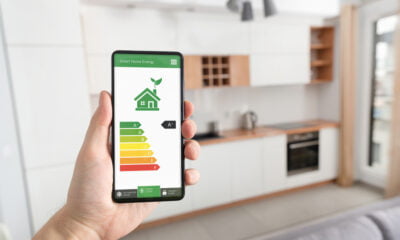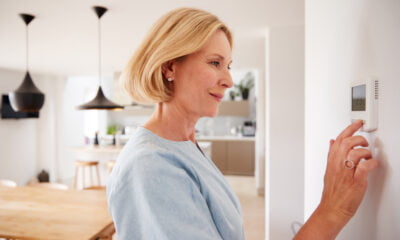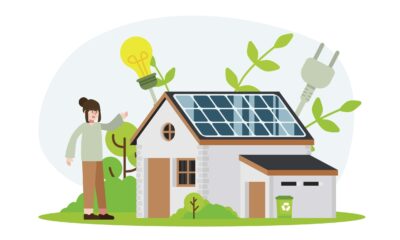

Lifestyle
The Importance Of Being At The Forefront Of Sustainable Housing
Sustainable housing is becoming more important than ever. There are a number of reasons that it needs to be a top priority in 2019 and beyond:
- Climate change is advancing at an unprecedented pace. Carbon emissions from homes around the world are a major driving force.
- The amount of raw materials on our planet is declining at exponentially increasing rates as human population rises. If homes are not built to last, then we might be unable to build new ones if these resources run out.
Although the Green New Deal wasn’t a viable political move, it laid a good framework. There are other options to improve sustainable housing.
Grasping the need to drive sustainable housing
Over 30% of the nation’s energy consumption can be attributed to heating and cooling residential buildings. As a result, many states offer incentives such as green building tax abatements and solar tax credits. Meanwhile, the smart home competitive market is forecast to grow at an annual growth rate exceeding 12%, which is partly driven by an increase in demand for energy savings and a lower carbon footprint. Sustainable housing trends are sweeping across the country by storm.
Passive Homes Versus Zero Energy Housing
Passive housing is at the forefront of a new market in the United States. A passive house is built so airtight that its heating and cooling efficiency can be 90% greater than that of a traditional house.
The passive warmth of the sun heats the house so well, regardless of the climate zone that the energy cost to heat the home is exceptionally low. On the other hand, a zero energy home holds many of the same principles as a passive home. They produce as much energy as they consume year-round, so they have a 100% efficiency rate. They come with on-site renewable energies, most commonly that of solar power.
Many are currently designed with greenhouse style heating solutions, some even containing their own biospheres. The initial cost of building either of these models is more than that of a traditional home. However, it’s impossible to deny the long-term affordability these sustainable homes offer in their energy savings.
Tiny Houses Versus Log Cabin Homes
Tiny houses have received a lot of attention in the last decade. They hold a wide variety of options for living sustainably off the grid, from compostable toilets to eco-friendly insulation. In fact, The National Association of Home Builders reports that 63% of millennials might consider living in a tiny home 600 square feet or smaller. That statistic stands in contrast to the fact that 1% of home buyers purchase homes less than a thousand square feet.
On the other hand, log cabin homes are an alternative to the tiny home concept, because they are not limited to such size constrictions and offer many of the same features of a tiny home. When precut in a factory the wood is often kiln-dried, reducing the shrinkage of the wood and minimizing air leakage. Although the heat resistance of the wood does not compare to that of insulation, this option holds appeal as the wood behaves like a thermal battery that stores heat in the day and releases it at night. In climates with significant temperature swings, these homes hold a high value in energy efficiency.
So, it’s clear to see more are jumping on the sustainable housing bandwagon. New apartment developments are marketing millennials with green features such as greywater systems and radiant heating. We’re witnessing clean energy becoming cheaper than fossil fuels. Being eco-friendly is growing increasingly balanced with enjoying a better quality of life.
Sustainable housing becomes a top priority in 2019
Climate change and other environmental concerns are driving the need for new sustainable housing options. We need to make sure that they are feasible. Fortunately, there are a number of ways to improve the stock of the sustainable housing units around the world.

